Best Fabric for Beginner Sewers: Top Choices for Easy Projects
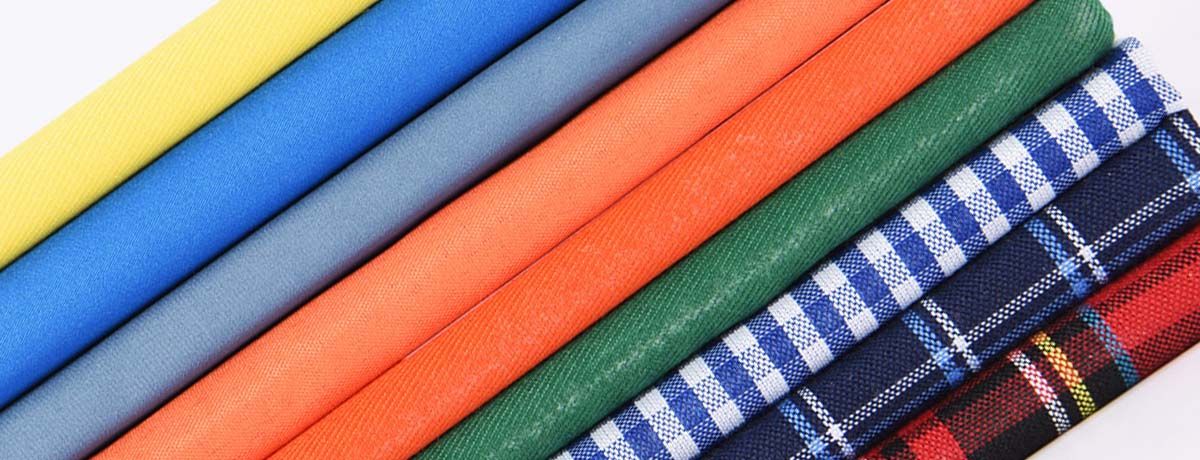
Starting to sew can be overwhelming, but picking the right fabric can simplify the process. The best fabric for beginner sewers is easy to manage and forgiving of mistakes, making your first projects more enjoyable. In this guide, we’ll introduce you to beginner-friendly fabrics that will boost your confidence and help you succeed.
Key Takeaways
-
Beginner-friendly fabrics should be lightweight, stable, tightly woven, and have minimal stretch, with natural fibers like cotton and linen being top picks.
-
Cotton lawn and cotton poplin are excellent choices for beginners due to their ease of handling, versatility, and ability to mask imperfections.
-
Avoid challenging materials like stretch fabrics initially; instead, choose fabrics that match your skill level and ensure a smooth sewing experience.
Characteristics of Beginner-Friendly Fabrics
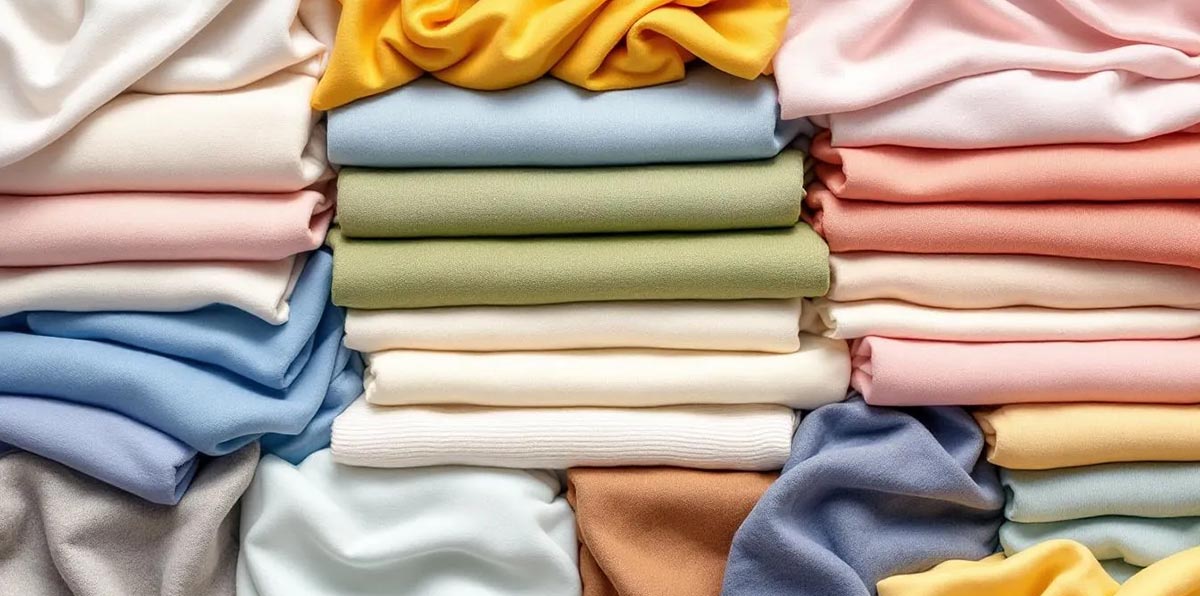
Choosing the right fabric is like choosing the right partner—it can make or break your sewing project. Beginner-friendly fabrics should have the following properties:
-
Lightweight
-
Stable
-
Tightly woven
-
Minimal to no stretch
Fabrics with these fabric properties are the easiest fabrics to sew, cut, and press, making them fabric easy for those just starting out.
Natural fibers like cotton and linen are highly recommended because they are easier to handle and iron. Fabrics such as:
-
cotton voile
-
chambray
-
cotton blends are excellent choices because they are stable and forgiving. These characteristics ensure a smoother and more enjoyable sewing experience.
Cotton Lawn: The Perfect Starter Fabric
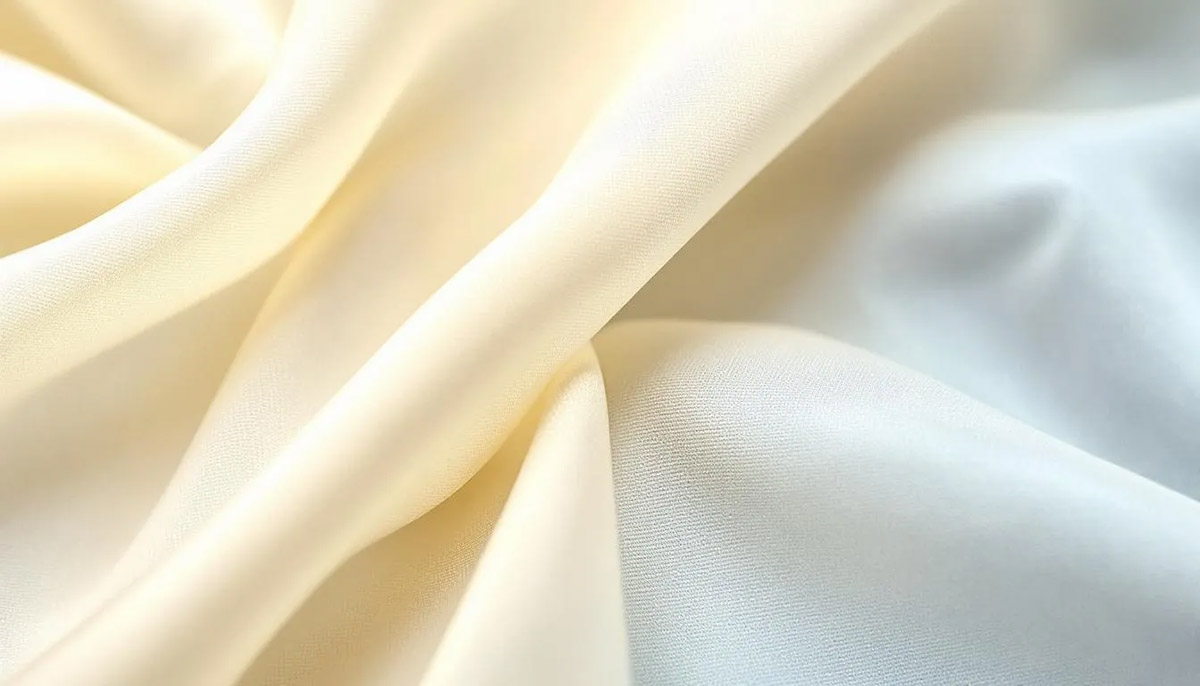
Cotton lawn is a dream come true for beginner sewists. Known for its high thread count and semi-sheer quality, this fabric is lightweight and tightly woven, making it easy to manage. Its smooth texture and breathability make it an excellent choice for warm-weather clothing, ensuring comfort and style in your creations.
Small-scale prints like polka dots or small florals are ideal for beginners using cotton lawn. These various prints and linear prints can help mask any imperfections, giving your sewing projects a polished look even if you’re still honing your skills. Cotton lawn makes your first sewing project both fun and satisfying with beginner sewing patterns.
Why Cotton Poplin is a Go-To Choice
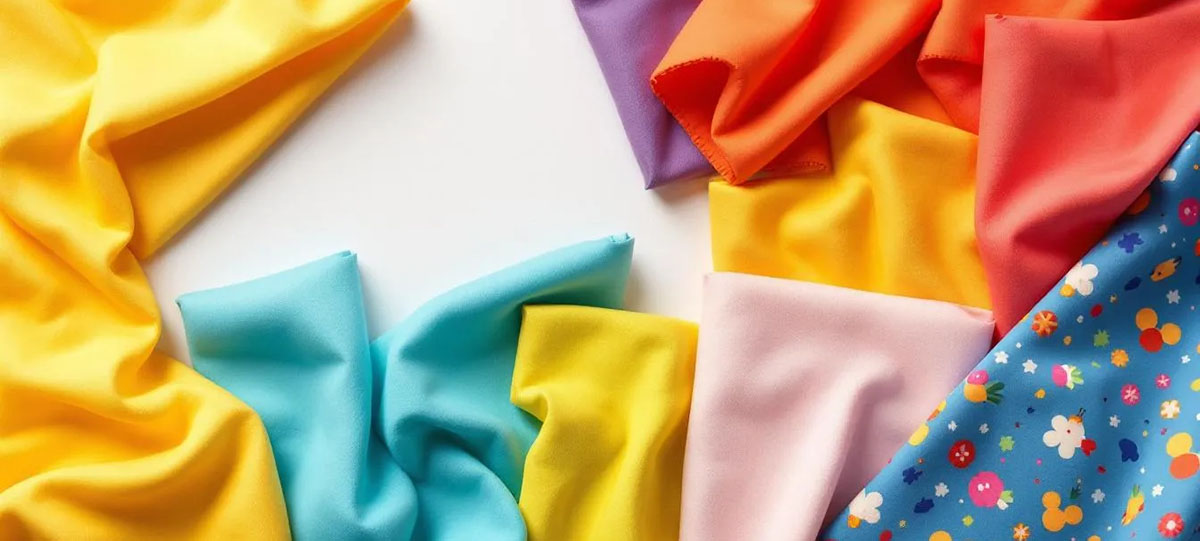
Cotton poplin is another fantastic option for beginners. This tightly woven fabric is durable and resistant to fraying, making it easier to handle and sew. Versatility is one of its key strengths; whether you’re making shirts, dresses, or blouses, cotton poplin delivers a polished appearance.
One of the best things about cotton poplin is its ease of care. Most garments made from this fabric can be machine washed and ironed, which adds to its appeal for novice sewists. Cotton poplin allows you to start sewing with confidence, as it supports your learning journey.
Chambray: A Lightweight Alternative to Denim
If you love the look of denim but find it too challenging to work with, chambray is your new best friend. This lightweight woven cotton has a soft texture and is incredibly versatile. It offers a denim-like appearance without the bulk, making it perfect for shirts and casual wear.
Chambray is stable and tightly woven, which means it cuts and sews easily, a significant advantage for beginner sewists. Chambray’s ease of use and beautiful finish make it ideal for stylish yet manageable sewing projects.
Flannel: Cozy and Forgiving
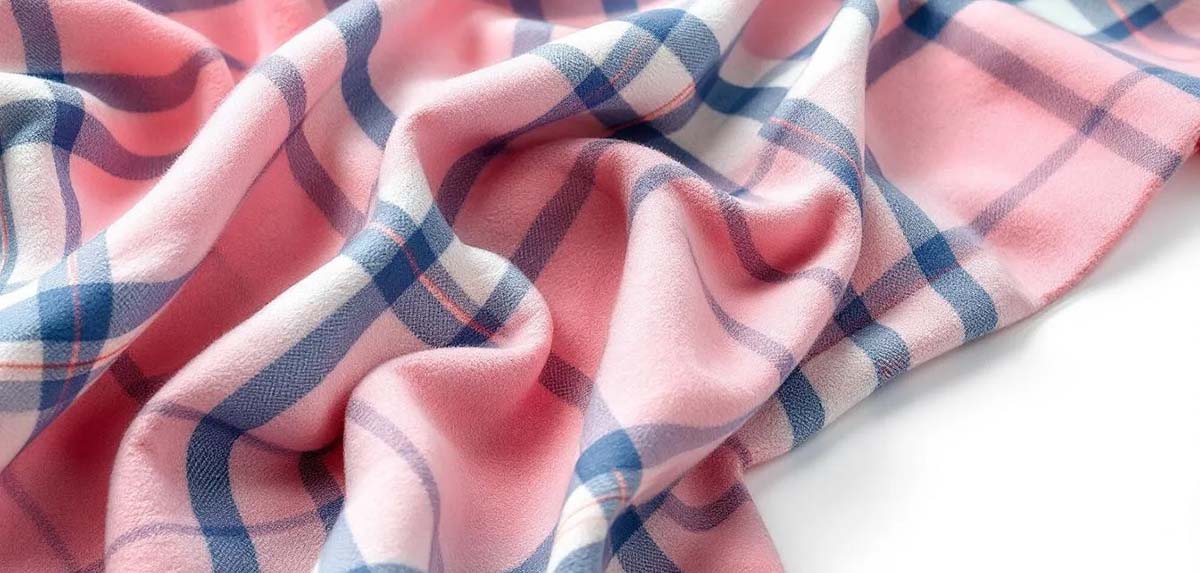
Flannel is the epitome of cozy comfort. This soft, medium-weight cotton fabric has a napped finish, making it easy to cut and sew. Its stable nature helps disguise any sewing imperfections, which is a huge plus for beginners looking to build their confidence.
Flannel is ideal for making cozy items like pajamas, baby clothes, and blankets. Its forgiving nature and soft texture make it a favorite among novice sewists who want to create warm, comforting pieces without the stress of handling more complicated fabrics.
Linen: Natural Fiber for Warm Weather Projects
Linen is a fantastic choice for summer garments due to its outstanding breathability and moisture-wicking properties. Medium-weight linen is particularly suitable for beginners because:
-
It is stable
-
It is easy to cut
-
It is easy to sew Everyday Linen, with its moderate drape and dense weave, is a perfect example of a beginner-friendly linen.
This heavy weight fabric is excellent for casual clothing like jumpsuits and other warm-weather projects. Beginners should, however, avoid lightweight woven fabrics or loosely woven linens as they can be challenging to handle.
With the right linen, your summer sewing projects will be both stylish and manageable.
Medium-Weight Fabrics for Structured Garments
Medium-weight fabrics are ideal for creating structured garments. Ranging from 170 to 340 GSM, these fabrics offer versatility and stability, making them ideal for jackets, skirts, and other structured items.
Cotton twill, with its diagonal weave, is particularly strong and stable, providing excellent support for beginners. Brushed bull denim is another excellent medium-weight fabric that combines a soft texture with enough structure for more ambitious projects.
These woven fabrics allow novice sewists to tackle structured projects with confidence, knowing that their perfect fabric will hold shape and resist wrinkling at the seams when sewn, thanks to forgiving fabrics and stretchy fabrics.
Stable Knit Fabrics: Double Knit (Ponte) and Neoprene
Stable knit fabrics like double knit (ponte) and neoprene have a smooth hand, making them perfect for beginners looking to explore the world of most knits with a needle.
Characteristics and uses of double knit fabrics:
-
Structured and stable, making them easier to sew than lighter knits like jersey
-
Ponte knit offers more stability
-
Ideal for creating garments like pants, skirts, and cardigans
Neoprene, often referred to as scuba knit, has a smooth, spongy texture suitable for structured designs. Made of synthetic rubber sandwiched between two fabric pieces, it’s a unique choice that offers a different sewing experience for beginners. These stable knits provide a great introduction to working with knit fabrics without the challenges of high-stretch materials.
Avoiding Challenging Fabrics
While it might be tempting to dive into the world of stretch fabrics or silk satin, it’s best to avoid these challenging materials as a beginner. Stretch fabrics can be difficult to handle and often require special sewing techniques, making them less ideal for novice sewists, especially those looking for minimal stretch.
Fabrics with prints or textures can help mask any sewing mistakes, making your projects look more polished than they might be. Beginner-friendly fabrics for beginners help build skills and confidence before tackling complex materials.
Matching Fabric to Sewing Patterns
Matching the right fabric to your sewing pattern is crucial for a successful project. Beginners should consider fabric recommendations that match their skill level to ensure a positive sewing experience. Cotton twill, for example, is stable and tightly woven, making it easy to cut and sew.
Avoid complex prints or patterns that require pattern matching, as these can complicate your sewing projects. Choosing the right fabric for your free pattern pieces ensures manageable and enjoyable pattern matching projects.
Practical Tips for Buying Fabric
Buying fabric can be a daunting task, especially for beginners. Consider your budget, as it plays a crucial role in the choices you make when purchasing fabric. Determine the meterage required for your sewing projects to avoid running out of fabric.
Take into account the width of the fabric, as it may affect the amount you need for your project. Keep texture in mind since it can influence both the ease of sewing and the final appearance of your project.
These practical tips help you make informed decisions and ensure smooth sewing projects.
Building Your Beginner Sewing Kit
A beginner sewing kit is crucial for starting your sewing journey. Needles, threads, and a regular sewing machine are must-haves. Having a variety of threads, especially polyester, is recommended for different sewing projects.
A basic sewing kit should include:
-
A sharp pair of fabric scissors
-
A measuring tape
-
A seam ripper
-
Spare sewing machine needles
-
Fabric marking pens or tailor’s chalk
-
A cutting mat
-
A quality iron and ironing board
These tools will help you tackle your first projects a bit easier with a few key things and confidence.
Summary
Starting your sewing journey can be incredibly rewarding with the right fabric choices. From cotton lawn and poplin to chambray and flannel, beginner-friendly fabrics make your projects enjoyable and successful. Remember to match your fabric to your sewing patterns and build a well-equipped sewing kit to ensure a smooth experience. Happy sewing!
Frequently Asked Questions
What makes a fabric beginner-friendly?
A fabric is considered beginner-friendly if it’s lightweight, stable, and tightly woven with minimal stretch, as these qualities make it easier to manage and sew. So, if you're just starting out, look for these characteristics!
Why is cotton lawn recommended for beginners?
Cotton lawn is a fantastic choice for beginners because it's lightweight and easy to handle, plus its small prints can cleverly disguise any sewing mistakes you might make. Give it a try, and you'll see how beginner-friendly it really is!
What are some examples of medium-weight fabrics suitable for beginners?
Cotton twill and brushed bull denim are perfect for beginners, as they provide the stability and structure needed for easy sewing projects like jackets and skirts. You'll find them both manageable and enjoyable to work with!
Why should beginners avoid stretch fabrics?
Beginners should avoid stretch fabrics because they can be tricky to work with and often need special sewing techniques. Sticking to regular fabrics will make your learning process smoother and more enjoyable.
What tools are essential for a beginner sewing kit?
For a solid start in sewing, make sure you have needles, threads, fabric scissors, a measuring tape, a seam ripper, and marking tools like fabric pens or chalk. These essentials will set you up for success!
Contact MH
MH offer various fabrics, feel free to reach out to us for more details or inquiries. We're here to help!


